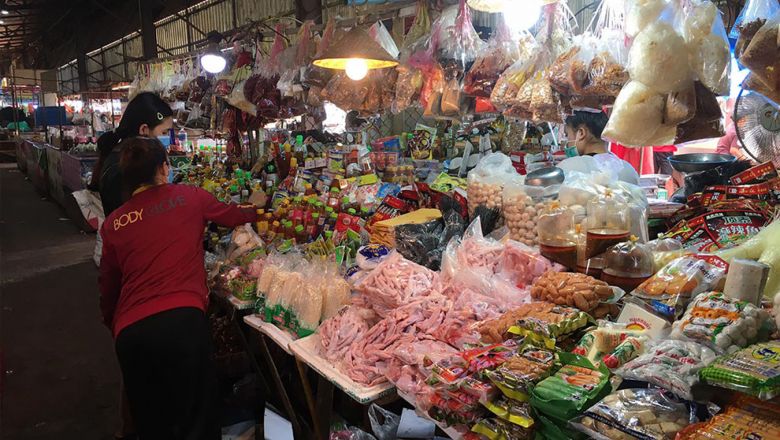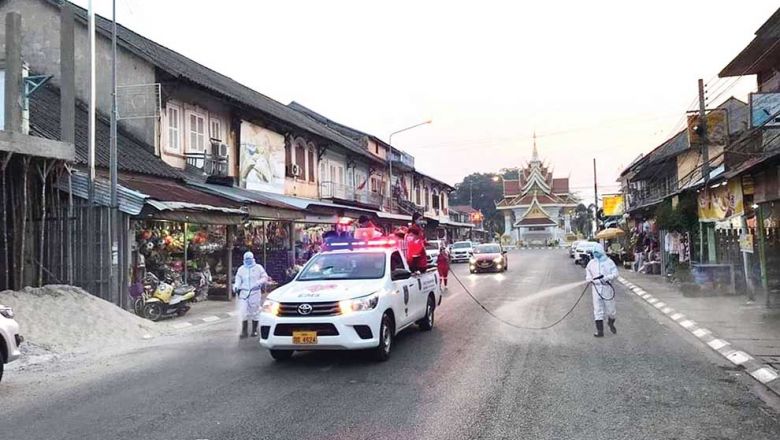Laos' economy to benefit from rising labour force
Laos' economy to benefit from rising labour force
The labour force in Laos is expected to increase to 610,000 people in the next five years to support the growth of the economy.
According to the 8th socio-economic development plan of the government from 2016-2020, Laos' economy should maintain its steady expansion at 7.5 percent for the next five years.
Meanwhile the labour force is expected to rise from 3.8 million people in 2015 to 4.41 million people in 2020.
Vice President of the Lao Garment Industry Association, Dr Xaybandith Rashphone said on Tuesday that the expectations of an increased labour force are a good thing for the economy, especially for garment industries which are currently confronted with a labour shortage.
The country has 98 garment factories, mainly in Vientiane, and they are employing a total of around 30,000 workers.
Director General of the National Economic Research Institute Dr Leeber Leebouapao told Vientiane Times that Laos' economy requires a lot of labourers but that the expansion of the domestic labour force might not meet with demands in the future because many big projects are expected to commence, such as the China-Laos railway project.
Dr Leeber said that the Lao labour force is a young labour force which covers 50 percent of the population, which bodes well for economic development, but the vocational education sector must improve both the quantity and quality of available manpower to ensure the effectiveness of economic developments.
At the same time, the business sector has called for the government to improve the country's vocational education system to support the sustainable growth of the economy in the next five years.
The educational sector must focus on the development of both physical and intellectual labourers, which are both in demand domestically.
Chairman of the Lao National Chamber for Commerce and Industry Mr Sisavath Thiravong said on Tuesday th at currently the proportion of human resources being developed to supply the technical sector is less than those headed towards administration.
However the demand for labour in administrative positions is only around 10 percent.
The ratio for the production of labour for the technical sector should be around 80 percent with around 20 percent for administration, said Mr Sisavath.
Over the last five years, the economy grew in a good direction with on average growth of 7.9 percent per annum but projects, factories and businesses still faced problems due to the domestic l abour shortage, for both physical and intellectual labourers. Some business units and projects have employed some foreign workers to fill the gaps.
Article 25 of the Labour Law sets out the stipulations for the acceptance of employees for work.
For foreign physical labourers, it is permitted to accept not more than 15 percent of the total number of employees in that labour unit.
For workers having intellectual expertise, it is permitted to accept not more than 25 percent of the total number of employees in that labour unit.
But in reality, the employment of foreign labour has exceeded the law's determination, Mr Sisavath said.
He commented about the development of the labour force in the country in the next five years, saying that the education institutes must transfer knowledge on vocations to students.
It is not necessary to build specified schools. V ocational knowledge should be taught at the secondary school level, including subjects such as cooking, handicrafts, services, TV and computer repairs or electrical connection skills.
This technique aims to provide awareness on the occupations available to young people and to pave the way for the development of skilled Lao labour in the years ahead.
















